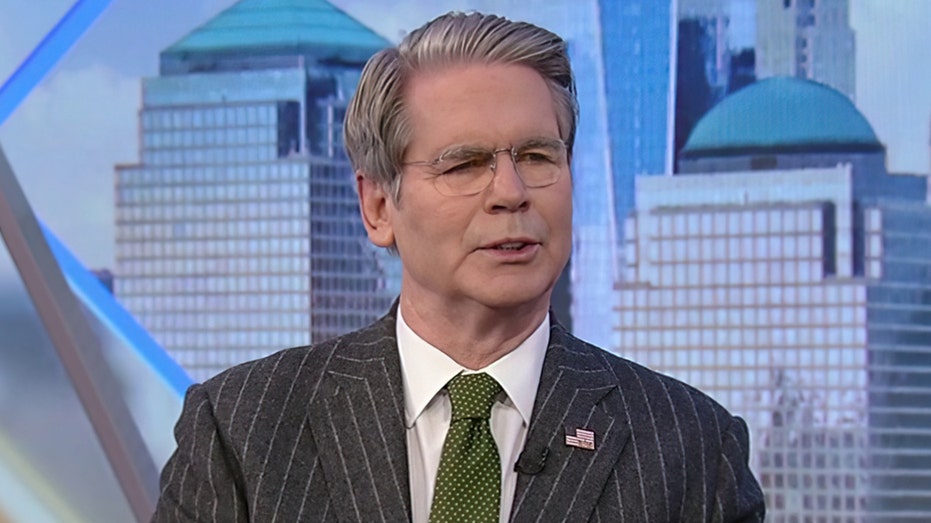The dollar index (DXY00) today posted a new 2.75-month low but then recovered and is little changed. The dollar continues to trade on a weak note despite Tuesday’s stronger-than-expected US GDP report of +4.3% and the reduced odds for Fed easing. The markets on Tuesday reduced the odds for a -25 bp rate cut at the next FOMC meeting to 13% from 20%.
In a report released today, US weekly initial unemployment claims fell by -10,000 to 214,000 in the week ended Dec 20, showing a stronger labor market than expectations of 224,000. Continuing claims rose by +38,000 to 1.923 million from the previous week’s revised 1.885 million (preliminary 1.897 million), which showed a weaker labor market than expectations of 1.900 million.
China’s central bank today issued a cautious statement after its quarterly monetary policy meeting. The PBOC indicated that it is focused on long-term stability and suggested that it will not engage in sudden interest rate cuts to address problems such as property market weakness, weak domestic demand, and the trade war with the US.
The dollar continues to see underlying weakness as the FOMC is expected to cut interest rates by about -50 bp in 2026, while the BOJ is expected to raise rates by another +25 bp in 2026, and the ECB is expected to leave rates unchanged in 2026.
The dollar is also under pressure as the Fed boosts liquidity in the financial system, having begun purchasing $40 billion a month in T-bills in mid-December. The dollar is also being undercut by concerns that President Trump intends to appoint a dovish Fed Chair, which would be bearish for the dollar. Mr. Trump recently said that he will announce his selection for the new Fed Chair in early 2026. Bloomberg reported that National Economic Council Director Kevin Hassett is the most likely choice as the next Fed Chair, seen by markets as the most dovish candidate.
EUR/USD (^EURUSD) is down -0.14%. The euro has seen support this week from ECB member comments, indicating satisfaction with the current outlook for no interest rate cuts.
ECB Governing Council member Yannis Stournaras said Tuesday that the ECB is in a “good place” but needs to remain flexible to move policy in either direction. He said, “If we happen to be in a better or weaker position than expected, we will take appropriate action.”
ECB Governing Council member Gediminas Simkus on Monday indicated satisfaction with the current level of interest rates, saying, “We have inflation – headline and core – both now and in the near future, and mid-term, close to the 2% level. The interest rate is seen by many as at a neutral level. Economic growth has improved though remains sluggish.”
Meanwhile, ECB Governing Council member Peter Kazimir said on Monday that the ECB is comfortable with current rates but stands ready to act if conditions change. He said the current period of on-target inflation and steady economic expansion is “rather fragile” and that risks remain from tariffs and the Russia-Ukraine war.
Swaps are pricing in a 3% chance of a +25 bp rate hike by the ECB at the next policy meeting on February 5.
USD/JPY (^USDJPY) is down -0.28%. The yen has rallied this week after Finance Minister Satsuki Katayama said Japan has a “free hand” to intervene against currency moves that are out of line with fundamentals, a reference to the yen’s weakness last Friday after the BOJ’s rate hike.
The yen has underlying support from last Friday’s +25 bp rate hike by the Bank of Japan. The yen also has support from interest rate differentials, with the 10-year JGB yield posting a 26-year high of 2.073% on Monday.
The markets are discounting a 0% chance of a BOJ rate hike at the next meeting on January 23.
February COMEX gold (GCG26) today is down -12.5 (-0.28%), and March COMEX silver (SIH26) is down -0.082 (-0.12%).
Gold and silver today both posted new all-time highs on the nearest-futures charts but then fell back on some long liquidation pressure after this month’s sharp rallies. Precious metals prices were undercut by Tuesday’s +4.3% increase in US Q3 real GDP, which caused the markets to reduce the odds for a Fed rate cut at the next meeting to 13% from 20%.
Bullish underlying factors for precious metals include the FOMC’s recent announcement of a $40 billion per month liquidity injection into the US financial system. Precious metals prices are also being boosted by geopolitical risks, as the US is looking to seize two more Venezuelan-linked oil tankers. Also, Ukraine late last week hit an oil tanker from Russia’s shadow fleet in the Mediterranean Sea for the first time.
Precious metals have safe-haven support tied to uncertainty over US tariffs and geopolitical risks in Ukraine, the Middle East, and Venezuela. In addition, precious metals are supported by concerns that the Fed will pursue an easier monetary policy in 2026 as President Trump intends to appoint a dovish Fed Chair.
Strong central bank demand for gold is supportive of prices, following the recent news that bullion held in China’s PBOC reserves rose by +30,000 ounces to 74.1 million troy ounces in November, the thirteenth consecutive month the PBOC has boosted its gold reserves. Also, the World Gold Council recently reported that global central banks purchased 220 MT of gold in Q3, up +28% from Q2.
Fund demand for precious metals remains strong, with long holdings in silver ETFs rising to a 3.5-year high on Tuesday. Holdings in gold ETFs have recovered in the past two months and are just mildly below the 3.25-year high posted in October.



